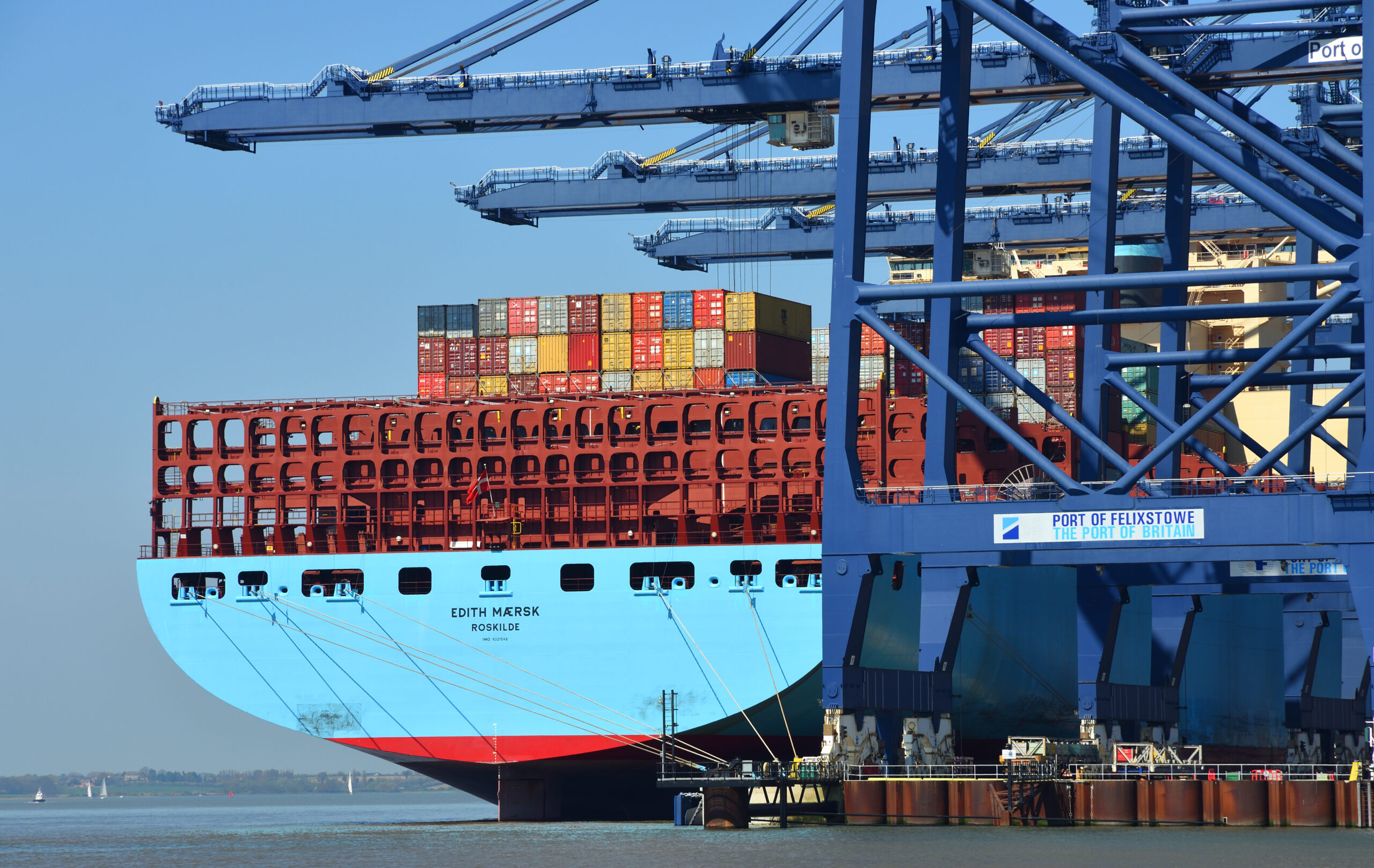The Port of Rotterdam successfully completed a controlled ship-to-ship ammonia bunkering transfer in a pilot operation conducted on 12 April alongside APM Terminal’s Maasvlakte II facility. The test run involved the transfer of 800m3 of liquefied ammonia between two vessels and demonstrates that safe transfer of ammonia between ships at port is feasible. It represents a milestone in Rotterdam’s preparations for an alternative fuel future and pushes it to Level 7 on the International Association of Ports and Harbors (IAPH) Port Readiness Level framework.
Rotterdam is Europe’s leading bunkering hub and the world’s second largest behind Singapore. Building on its earlier implementation of LNG and methanol fuelling capabilities, the port has demonstrated the feasibility of ammonia transfer, a key component of a multi-fuel maritime environment. While low-carbon green ammonia has long been regarded as a viable candidate for widespread adoption as a marine fuel, toxicological and operational risks necessitate rigorous safety testing.
The pilot test was conducted in collaboration with the ammonia producer OCI, commodity trader Trammo, ship-to-ship transfer specialist James Fisher Fendercare, and bunker operator Victrol. Oversight and support were provided by regional safety and environmental authorities, including the DCMR Environmental Protection Agency and Rijnmond Safety Region. The coordinated effort successfully validated the port’s ammonia bunkering safety framework, with no emissions or environmental incidents recorded during the two-and-a-half-hour transfer.
The successful operation enhances the port’s standing on the International Association of Ports and Harbour’s (IAPH) Port Readiness Level framework for new fuels. With this trial, Rotterdam progresses from Level 6 to Level 7, indicating that it is now technically and procedurally prepared to support ammonia bunkering on a project-specific basis. Full commercialisation will require further standardisation and regulatory harmonisation, but the foundational systems (technical protocols, emergency response mechanisms, and inter-agency coordination) are now demonstrably in place.
The timing of this development aligns with a growing pipeline of ammonia-capable vessels. According to DNV, at least 33 such ships are on order, with the first deliveries expected in 2026. Notable early adopters include Fortescue, CMB.TECH, and Mitsui O.S.K. Lines, all of whom have committed to deploying ammonia-fuelled tonnage. However, developments in fuel availability, infrastructure compatibility, and safety regulations are also required to enable and accelerate ammonia fuel uptake.
Grey ammonia, produced using natural gas, was used in the Rotterdam pilot as a proxy for low-carbon green ammonia, which is produced using renewable hydrogen. The two kinds of ammonia are chemically identical and allow for real-world validation of technical systems and safety procedures in advance of the availability of green ammonia supply at scale.
The operation forms part of the European Union’s MAGPIE programme, a Horizon 2020-backed initiative aimed at accelerating the deployment of clean energy technologies across major ports. The Mærsk Mc-Kinney Møller Center for Zero Carbon Shipping, a partner in the initiative, is tasked with disseminating the pilot’s findings across the broader maritime sector.



